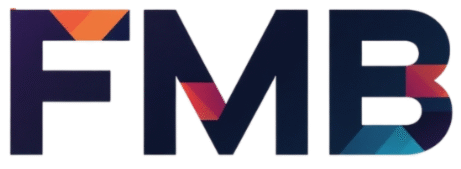The U.S. government has confirmed a stimulus payment of up to $5,500 aimed at supporting SSI, SSDI, and low-income recipients in 2025. This relief measure is designed to help vulnerable groups cope with rising living costs and economic challenges. Below is a complete guide to eligibility, payment timelines, and how to ensure you receive your stimulus.
Table of Contents
- Overview of the $5,500 Stimulus
- Eligibility Requirements
- Payment Dates
- How the Amount Is Determined
- How to Receive the Payment
- Benefits for SSI and SSDI Recipients
- Frequently Asked Questions
Overview of the $5,500 Stimulus
The $5,500 stimulus is part of a targeted federal assistance program in 2025, offering direct payments to individuals and families facing financial hardship. This payment will be delivered as a one-time lump sum and is non-taxable.
| Detail | Information |
|---|---|
| Program Name | Federal Stimulus Payment 2025 |
| Maximum Amount | $5,500 |
| Target Group | SSI, SSDI, and low-income individuals |
| Payment Type | One-time direct deposit or check |
| Administered By | U.S. Treasury / SSA |
| Taxable? | No |
Eligibility Requirements
To qualify for the $5,500 stimulus, recipients must meet one or more of the following conditions:
- Be an active SSI (Supplemental Security Income) or SSDI (Social Security Disability Insurance) recipient
- Have a low income based on the federal poverty threshold
- Be a U.S. citizen or legal resident
- Have a valid Social Security number
- Have filed a 2024 tax return or receive benefits through SSA records
Those with higher incomes than the set limits will not qualify for the full payment.
Payment Dates
The $5,500 stimulus is expected to be distributed in September 2025. Payment dates will depend on your benefit type:
- SSI recipients: September 1, 2025
- SSDI recipients: Payment according to your usual SSA schedule (2nd, 3rd, or 4th Wednesday)
- Other eligible low-income recipients: Mid-to-late September 2025
Direct deposit recipients will get funds faster, while paper checks may take an additional 5–10 business days to arrive.
How the Amount Is Determined
While the maximum amount is $5,500, your exact payment will depend on:
- Your income level
- Household size
- Whether you receive SSI, SSDI, or both
- If you qualify for additional low-income top-ups
How to Receive the Payment
- Current SSI and SSDI recipients will get payments automatically
- Low-income individuals not on SSI/SSDI must ensure their tax return is filed for 2024
- Direct deposit is recommended to avoid delays
- Keep your mailing address updated with the SSA or IRS
Benefits for SSI and SSDI Recipients
This stimulus will provide much-needed relief for people living on fixed disability benefits. The funds can be used for:
- Medical expenses and prescriptions
- Rent, utilities, and transportation
- Groceries and household needs
Frequently Asked Questions
1. Do I need to apply for the $5,500 stimulus?
No. Most eligible recipients will receive it automatically.
2. Will this stimulus affect my SSI or SSDI benefits?
No. It is considered a one-time payment and does not count as income for benefit calculations.
3. What if I didn’t file taxes?
If you receive SSI or SSDI, you’ll still get the payment. Low-income non-recipients must file taxes to qualify.
Bottom Line:
The $5,500 stimulus for SSI, SSDI, and low-income Americans is a vital financial boost in 2025, offering direct relief to those most in need. Payments will begin in September 2025, and most recipients will receive them automatically through direct deposit or check.

